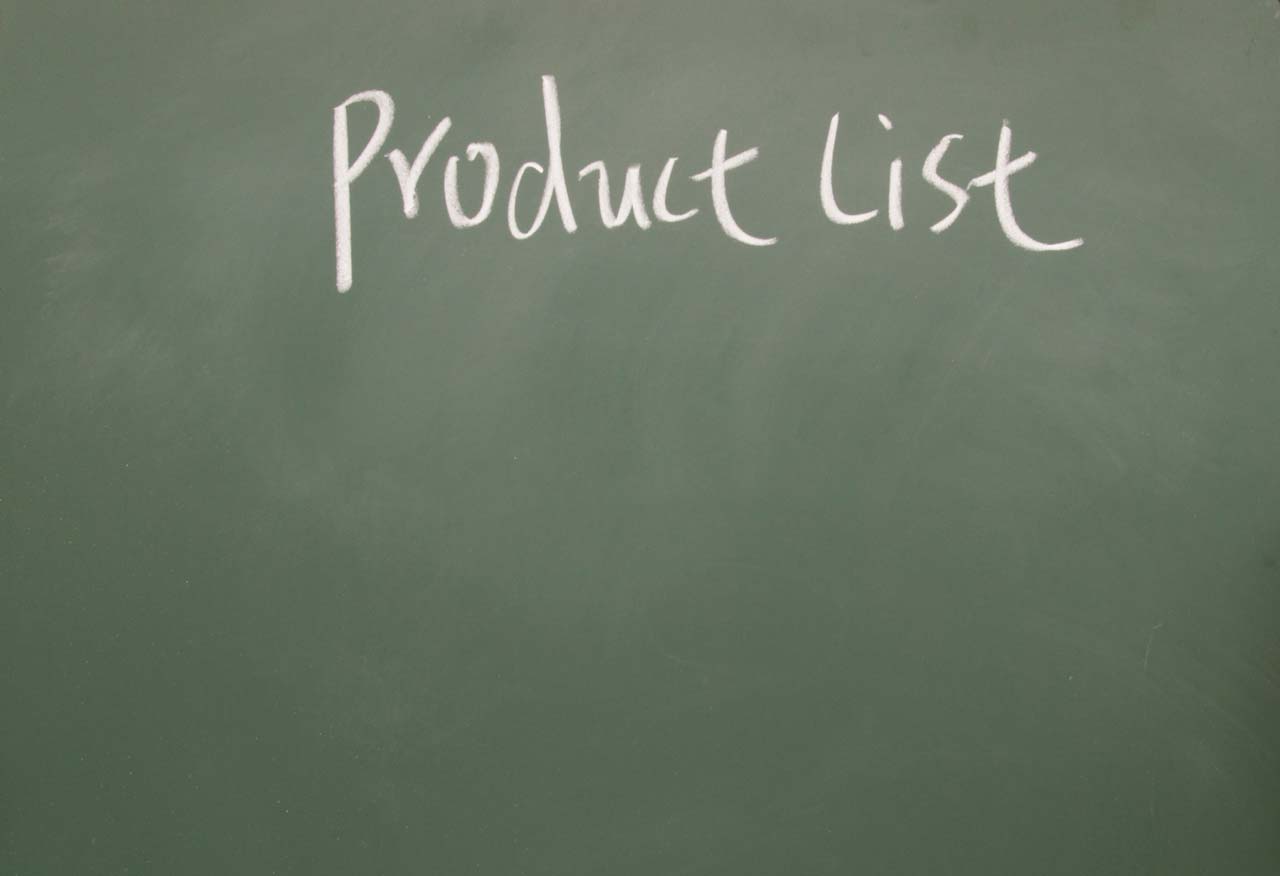You’re going along your day, happy as can be. You’re succeeding because you’ve figured out a few fundamentals that are making money for you and your company. Everything is going swimmingly, more or less. Then your boss comes along and drops a bombshell on you – “Hey, new guy! Figure out how to boost ROAS. Geofencing marketing will help!”
This article is for businesses who are trying to improve their return on ad spend (ROAS) through marketing. Geofencing is a powerful marketing tool that allows businesses to interact with customers by sending them targeted ads based on where they are located. See how geofencing can help you improve your ROAS.
What is Geofencing Marketing?
Geofencing marketing is a location-based marketing strategy that targets consumers who are in a specific geographic area. This type of marketing uses smart technology and geolocation to deliver content to its targets. The technology tracks the location of a consumer’s mobile device and sends them ads when they enter the predetermined geographic area.
Geofencing marketing and advertising is useful for all types of businesses, including brick-and-mortar retailers and restaurants as well as eCommerce companies. By utilizing geolocation data, brands can increase customer engagement with personalized communications that drive action.
How Does Geofencing Work?
Geofencing marketing is a tactic that allows advertisers to target users based on their location. While it may seem like a small, specific way to target potential customers, geofencing can be extremely effective. The bottom line is that people’s behaviors change when they’re in different places, and this is especially true when it comes to making purchases and how they respond to the ads they see.
Advertisers can use geofencing to create an area around a specific location and send push notifications or display ads only to people within that area. This allows them to target customers at the exact moment that they’re near the business—which means an increased likelihood of conversion for advertisers.
There are multiple ways marketers can implement geofencing:
– Local businesses can set up fences around their own locations so that potential customers who are nearby will see ads for their products/services on their phones (and even get notifications reminding them to come into the store).
– Businesses with more than one location can set up fences around each one so that people in those areas will see ads for those stores.
– Businesses can set up fences around competitors’ locations so that potential customers who are nearby will see advertising for their own products/services instead of theirs, which could help swing them over to your location.
Why Use Geofencing?
Geofencing is a highly effective way to send location-based marketing messages and promotions to the people who matter most. By using location-based software, you can market to anyone enters or leaves your defined geofence—even if they’re in the middle of a busy mall.
There are many reasons why businesses use geofencing as part of their marketing strategy, but here are the top five:
1. Geofencing is highly targeted. When you send a message to someone, you know they’re going to get it—because they’re already in your predefined location!
2. Geofencing is immediate. With location-based marketing, you can capture someone’s attention right when they are close by (or right after they leave) your business.
3. Geofencing helps build more meaningful relationships with customers. Because your customers were already interested in what you were offering, that means you can have an instant connection with them.
4. Geofencing is easy to set up and maintain. You don’t have to be tech savvy to use geofencing; it’s easy!
5. Geofencing increases loyalty and repeat business from existing customers through personalized campaigns sent out at just the right time
Benefits of Using Geofencing
Here are just a few reasons to consider using geofencing:
Geofencing helps you reach your highest value consumers. You can create an ad specifically designed for people who live or work near one of your stores, or have recently visited one of your competitor’s stores. This type of targeting will get you more bang for your buck than some other types of ads because it reaches the customers who are likely to visit your store anyway.
It makes it easy to stay top-of-mind with customers. Because geofencing lets you target people who frequent a specific area, it’s a great tool for getting repeat customers through the door by reminding them about your business when they’re already nearby.
Geofencing enables marketers to create a virtual barrier around a location, such as a trade show, competitor’s store, or neighborhood. Once the barrier is created, marketers can target specific consumers with location-based messages through an app or browser when these consumers enter that area. This allows for truly hyper-targeted marketing.
Many businesses offer exclusive discounts and offers to customers who are inside a particular geographic area. Using geofencing is an effective way to allow those businesses to target their local audiences with the right deals and special offers.
If you’re looking to reach local customers, geofencing can help. You can set up a radius around your business that allows you to provide proximity-based marketing messages when people enter that area or as they pass by it each day.
Create email list with geo-targeting.
Creating email lists for your email marketing campaigns can be a powerful way to keep your content targeted and relevant to certain audiences, but what’s even more effective is geo-targeting.
So what is geo-targeting? Geo-targeting involves customizing the content of your emails, or the frequency with which they are sent out, based on the location of each subscriber. This allows you to make sure that you’re not only sending out information that’s relevant to someone’s preferences, but also something they might actually find timely. For example, if one of your subscribers lives in Arizona, you might send them a message about how to stay cool and hydrated during the summer months. This way, you don’t waste anyone’s time by sending them an email about how to prepare for winter weather when it’s 90 degrees outside!
Set up geo-targeting with your CRM or email service provider: If you’re using a CRM like HubSpot or MailChimp, there should be an option for creating segmented lists based on location as long as it’s enabled within those accounts.
Conclusion
Geofencing helps you to improve your ROAS by providing your business with a powerful marketing tool. By reaching out to customers with tailored offers, you can deepen your relationship with them and boost your ROAS. But as you get started with geofence marketing, there are a few strategy options that you must consider to help promote the most effective campaign possible.
Ultimately, geofencing can be a great marketing tool. It is available widely to most businesses and is easy to integrate into websites and apps. Geofencing is a powerful technique that allows businesses to target their prospects based on their locations and send them specific ads. Geofencing also helps businesses increase their ROAS by creating a more personalized experience for the customer.





